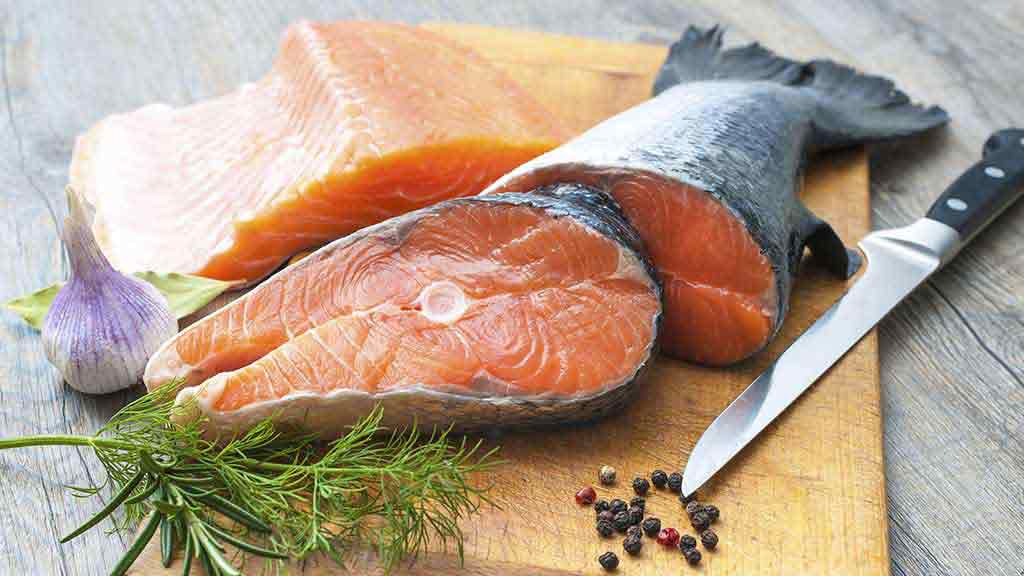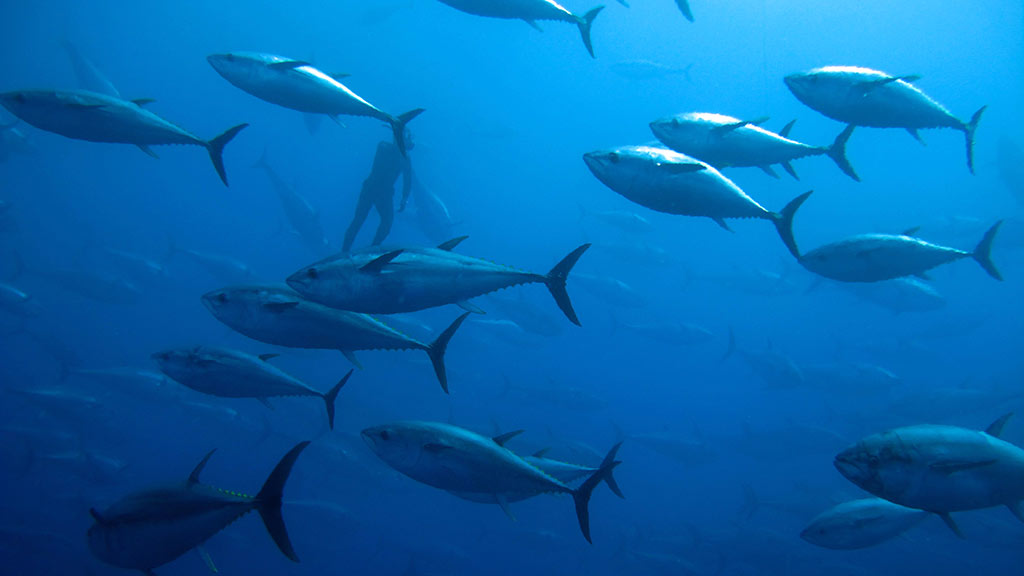Get our independent lab tests, expert reviews and honest advice.
How to buy seafood that’s actually sustainable
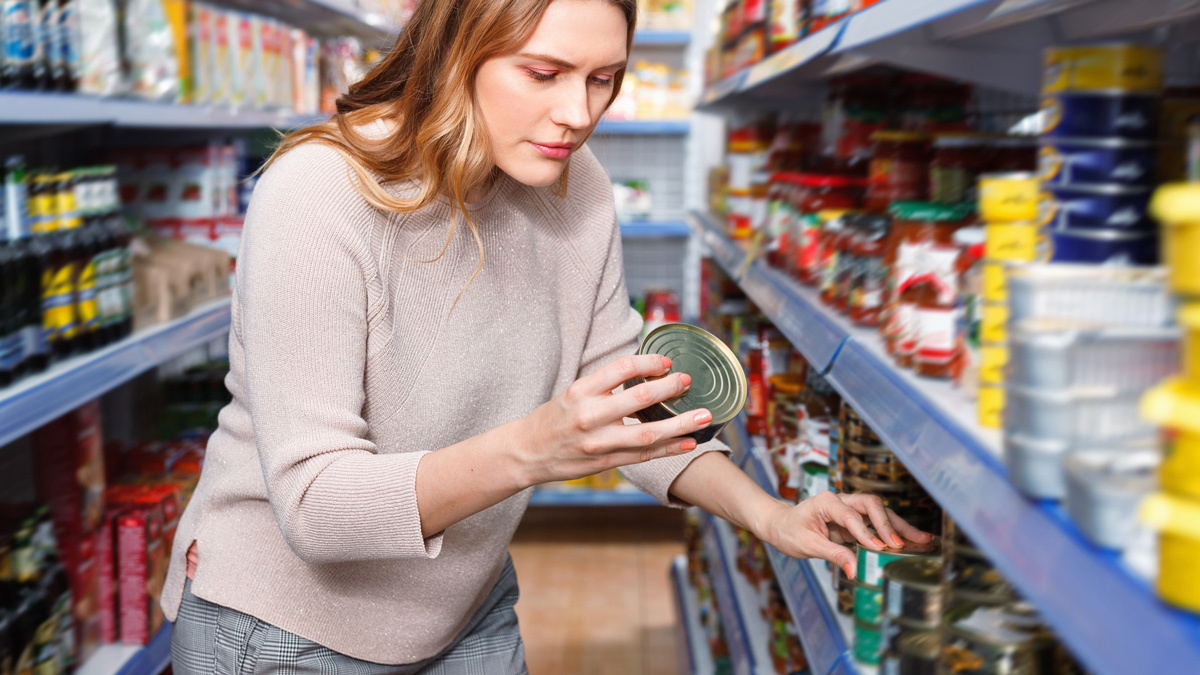
Need to know
- Seafood sustainability claims are often hard to verify due to complex supply chains and confusing product labelling
- Some claims may just be greenwashing, which is when a business makes misleading environmental or sustainability claims about their company, product or practices
- Easy-to-understand, consistent labelling is required across this food category
On this page:
- What is sustainable seafood?
- What is greenwashing?
- How we assessed seafood sustainability claims
- How to buy sustainable seafood
- Seafood sustainability terms explained
- Independent certification programs
- Third-party tools to help identify sustainable seafood
Australians are interested in where their seafood comes from and how sustainable it is. Recent research has shown that consumers associate ‘local’ seafood labels with freshness and sustainability, and we may even pay a little bit more for it if it’s locally caught or grown. The use of environmental and sustainability claims on food is also becoming more common.
But in its 2023 report on greenwashing by Australian businesses, the Australian Competition and Consumer Commission (ACCC) raised concerns that “a significant proportion of the claims made by businesses may be false, misleading, or have no reasonable basis”.
We’ve taken a deep dive into the certifications, claims and labels on the packaging of 35 different seafood products
So how can you tell if the seafood you are buying is actually sustainable?
There are a number of standards for sustainable seafood, and each has its own rationale. We’ve taken a deep dive into the certifications, claims and labels on the packaging of 35 different seafood products you can buy at the supermarket, to see how easy they are to interpret.
Plus, we’ve put together a guide to deciphering the labels yourself, to help you make better informed decisions at the checkout.
How seafood reaches the consumer
In Australia, our seafood supply is sourced from wild fisheries, where species are fished from natural habitats, and from aquaculture farms, where seafood is raised in pens, tanks and ponds.
From there, the seafood travels through a supply chain to get to the consumer.
Supply chains can be long and complicated, involving multiple regions, businesses, and distribution networks
Some fisheries may have multiple fishing locations, farms and processing plants. They may also export their seafood to other countries where it is then distributed to multiple retailers.
The supply chains can be long and complicated, involving multiple regions, businesses, and distribution networks.
This means that tracing the origin of a seafood product, and its sustainability or environmental impact, can be extremely challenging.
What is sustainable seafood?
Sustainable seafood comes from fisheries or farms that ensure the long-term supply and health of that species and the wellbeing of the surrounding waterways.
Sustainable seafood practices:
- improve traceability of supply chains
- protect human rights
- avoid overfishing and limit bycatch (unwanted species that are accidentally caught and ultimately discarded)
- manage pollution and disease
- consider climate impacts
- preserve habitats.
What is greenwashing?
Greenwashing is when a business makes environmental or sustainability ‘green’ claims about their company, product or practices that are false, misleading, or overestimate the positive environmental impacts the product may have.
The ACCC is cracking down on greenwashing. In December 2023 it published guidance on how to make environmental claims, after finding that 57% of businesses it reviewed made potentially misleading environmental claims.
The ACCC found some businesses were:
- using vague or unclear environmental claims
- not providing sufficient evidence for their claims
- setting environmental goals without clear plans for how these will be achieved and
- using third-party certifications and symbols in a confusing way.
When assessing the environmental and sustainability claims on seafood packaging, we kept these ACCC findings in mind.
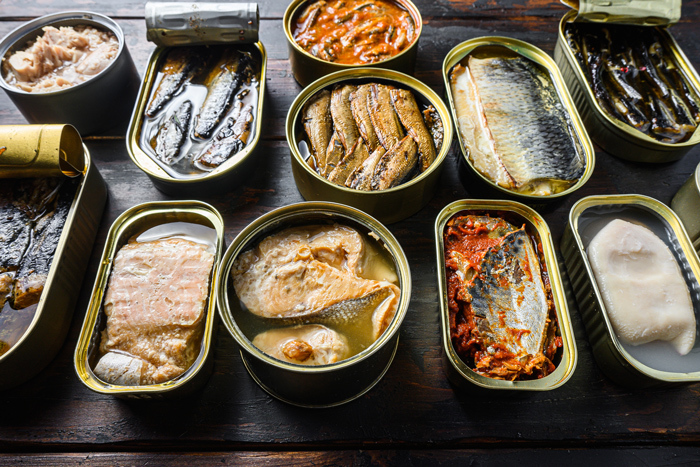
How we assessed seafood sustainability claims
We bought 35 seafood products found in major Australian supermarkets. These included 11 different types of seafood such as canned tuna, frozen processed fish, mussels, sardines and salmon.
We analysed the claims and logos we found on each pack to see how easy these were for us to interpret, and whether it would be easy for a consumer to do the same at the point of purchase.
The claims we examined included fishing and farming methods, sustainability claims, industry and third-party certification logos, and other claims such as ‘FAD-free’ and ‘dolphin-safe’.
These are the 35 products we assessed for sustainability claims:
- Birds Eye Ocean Selections Raw Prawns
- Birds Eye Oven Bake 6 Lemon Pepper Crumb 100% Wild Caught NZ Hoki Fillets
- Coles Premium Wild Caught Red Salmon
- Coles Responsibly Sourced Squid Rings
- Coles Tuna in Springwater
- Goulburn River Trout Hot Smoked Trout
- Greenseas Tuna Chunks in Springwater
- Humpty Doo Smoked Whole Barramundi
- I&J Salt and Pepper Squid Sticks Lightly Crumbed
- John West Chunk Style Tuna in Springwater
- John West Wild Alaskan Pink Salmon
- John West Wild Caught Salmon Chunk Style in Springwater
- Kurumba Ocean Caught Banana Prawns
- Ocean Blue Sliced Smoked Salmon
- Ocean Rise Sardines in Springwater
- Ocean Rise Wild Pacific Premium Red Salmon
- Ocean Royale Responsibly Sourced New Zealand Hoki Fillets
- Ocean Royale Responsibly Sourced New Zealand Southern Blue whiting fillets
- Portview Tuna Chunks in Springwater
- Safcol No Net Tuna in Springwater
- Safcol Responsibly Fished Tuna in Springwater
- Sealord Australian Hoki Fish Bites Classic Crumb
- Sirena Tuna Springwater
- Sole Mare Tuna Springwater
- Tassal Cooked Tassie Salmon
- Tassal Fresh Tassie Salmon Side
- Tropic Co Australian Raw Whole Tiger Prawns
- United Fish Co New Zealand Greenshell Mussels, Raw Whole Shell
- Wild Tides Responsibly Fished Tuna Springwater
- Woolworths Essentials Responsibly Caught Tuna Chunks in Springwater
- Woolworths Responsibly Caught Tuna in Springwater
- Woolworths Responsibly Caught Wild Alaskan Salmon in Springwater
- Woolworths Smoked Mussels in Oil
- Woolworths Tasmanian Salmon Portions Responsibly Farmed
- Woolworths Yellowfin Tuna in Springwater
What we found
We found environmental, sustainability and catch sourcing logos and claims on all of the packaging we looked at.
Many of these were easily identifiable and from legitimate third-party certifiers, such as MSC (Marine Stewardship Council) and ASC (Aquaculture Stewardship Council).
Nearly half of the seafood packaging we looked at had a claim or logo that was not quickly and easily understood
But with other claims it wasn’t always clear what they meant. Nearly half of the seafood packaging we looked at had a claim or logo that was not quickly and easily understood.
We often had to dig further, such as by checking the brand’s website, to see if the claims stacked up. We also had difficulties determining if pack claims on some products were legitimate, or greenwashing.
If we found deciphering seafood labelling a challenge, this poses a real problem for consumers
If we found deciphering seafood labelling a challenge, this poses a real problem for consumers.
How are shoppers supposed to quickly and easily find the most sustainably sourced seafood product when it can be so hard to decode the labels?
Our key findings:
- Many claims were hard to verify and difficult to understand.
- The challenges we encountered assessing the claims highlights the need for more consistent, clearer labelling requirements on seafood packaging.
- Eight products mentioned Australia in their country of origin statement, meaning this seafood likely travelled fewer food miles to get to your plate.
- 11 of the products were classified by GoodFish as “say no”. This means the species of seafood in these products is not a sustainable choice.
- Of the products we looked at, 10 had an MSC certification and one had an ASC certification, representing industry best practices for sustainability and responsible sourcing.
- 10 tuna products had a ‘dolphin-friendly’ claim or logo. Only two, Coles and Aldi Portview tuna, did not, but they did have a ‘responsibly sourced’ claim on pack.
- 18 products had a ‘responsibly sourced’ claim, but not all of these were supported by a third-party certification on pack.
- Six products that stated they were farmed had a ‘responsibly sourced’ claim but only one, Woolworths Smoked Mussels in Oil, was backed by an ASC certification on pack.
- 10 out of 11 products that claimed they were certified sustainable were backed by MSC certification, while one, Humpty Doo Smoked Whole Barramundi, was industry-certified.
How to buy sustainable seafood
1. Look for certification
If you are concerned about the sustainability of your food choices, we recommend looking for claims that are independently certified and adhere to strict standards such as MSC, BAP (Best Aquaculture Practices) and ASC, which claim to represent industry best practices for wild-caught and farmed seafood.
You could also look for logos that represent industry standards and certifications, such as the Australian Barramundi Farmers Association sustainability certification scheme, for example. But you may need to do a bit of extra digging to find out what these schemes stand for.
2. Look for QR codes
Some packaging may have a QR code that provides a link where you can find out more information about the product. For example, the Safcol No Net Tuna tin had a QR code under their dolphin-safe logo that led us to their web page about their fishing methods.
QR codes can be a helpful tool to convey additional supporting evidence of pack claims, especially where label space comes at a premium. But it is also important for shoppers to evaluate this information for its credibility, so ask yourself is it just marketing, or is it genuine evidence of sustainable practices?

3. Be sceptical of trademarks and fishy claims on packs
We saw many vague claims on packs where it wasn’t clear what they meant. Some examples were ‘responsibly sourced’, ‘responsibly farmed’ or ‘responsibly caught’.
Sometimes these claims were associated with a more sustainable fishing technique (such as FAD-free or no nets) or backed by a third-party sustainability certification like MSC.
But in other cases it was simply stated on the pack or listed as a trademark without any other information that supported this claim.
This doesn’t mean that the product wasn’t responsibly sourced, it just means we couldn’t tell, and without supporting evidence this could be greenwashing.
We suggest looking for genuine supporting information on packs such as third-party certifications, or supporting evidence elsewhere, instead of relying on a ‘responsibly sourced’ or other vague claim when choosing sustainable seafood.
4. Use third-party tools
There are a number of credible tools available from other organisations that you can use to help identify the environmental impact and sustainability of the seafood you buy. We’ve listed a few further below in this article.
Seafood sustainability terms explained
To help you make informed decisions when you shop, we’ve listed below some of the terms and claims we found on seafood packaging (as well as a few others), with an explanation of what they mean.
Further down we list the three independent certification programs to look for on packaging if you want certainty around the sustainability of your supermarket seafood products.
Farmed (aquaculture)
More than 100 species of seafood can be farmed, and a 2019 report by the Fisheries Research and Development Corporation (FRDC) mentions that 69% of consumers believe that farmed fishing is sustainable.
But how sustainable or environmentally friendly a ‘farmed’ product is will depend on the farming methods and the species being farmed.
Look for third-party certifications such as ASC and BAP (see ‘Certification programs’ below for more on these), which will appear on products only if the fishery they come from is implementing and working towards more sustainable practices and lowering their negative impact on the environment.
Nine of the 35 products we looked at stated they were farmed.
Wild-caught
Wild-caught seafood is fished from its natural habitat such as an ocean, lake or river. It is not farmed. Being wild-caught doesn’t make it more or less sustainable than farmed fish. The sustainability of a type of seafood is dependent on factors such as the species being caught, the area from which it is caught, and the fishing method.
Of the 35 products we looked at, 21 had a wild-caught claim.
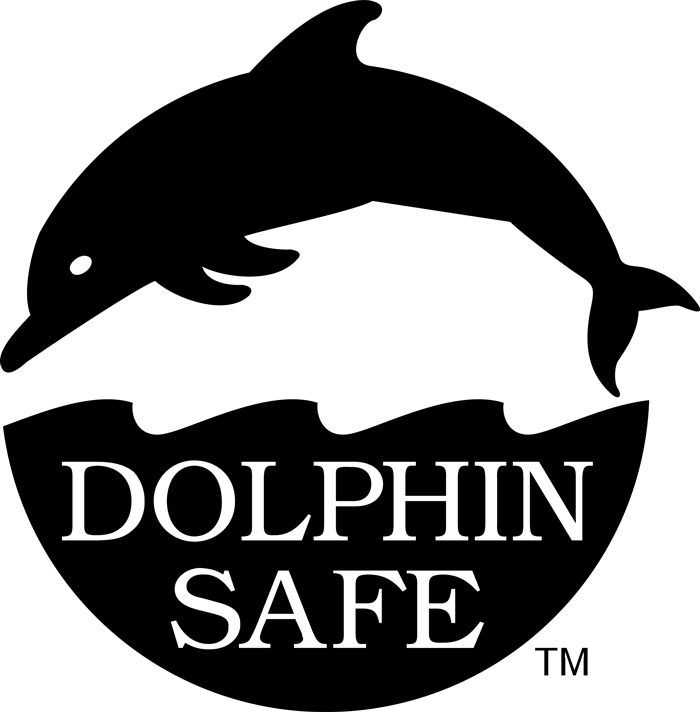
Dolphin-safe, dolphin-friendly
The dolphin-safe logo or claim indicates that the fishery complies with policies and laws that aim to reduce the number of dolphins killed in tuna nets. The dolphin-safe label is most often used on canned tuna, but some other tuna products may also carry it.
The dolphin-safe label was developed in 1990 by Earth Island’s International Marine Mammal Project (IMMP) and was later codified into US federal law.
There are concerns that some brands of tuna use the dolphin-safe logo or claim deceptively, and that it is greenwashing.
To be certain that a can of tuna is dolphin-safe, shoppers can check the IMMP website, which lists more than 800 dolphin-safe tuna companies worldwide.
Ten products that we looked at had the dolphin-friendly or dolphin-safe claim.
FAO catch area numbers
You may see a reference to an FAO catch area number listed on some of the seafood you buy. This is a system of identifying 27 major fishing regions established by the Food and Agriculture Organization of the United Nations. These areas are largely arbitrary, but the FAO number means the catch can be traced back to a fishery region.
You can enter the FAO number on the FAO website to find out more about the geographical area your seafood came from.
FAD-free
FAD-free fishing means fish are caught without use of fish aggregating devices (FADs). FADs are structures that float in the ocean to make shadows that attract fish. Some can be as simple as a floating log, while others are anchored to the seabed.
The FADs can have their own nets and lines, or fishers may cast their nets and lines near them. If the FAD uses netting, then small fish, sharks and turtles can get tangled up in them.
Nine of the 35 products we looked at had a FAD-free claim.
Purse seine
Purse seine is a fishing method using large walls of netting that surround schools of fish. The net is then closed like a drawstring purse to capture fish. There are concerns that these nets capture significant bycatch including vulnerable species, sharks and juvenile fish, especially when they’re used with FADs. Purse seines can be used to catch tuna, squid, pollock, salmon and anchovies.
No nets; handline; pole and line
These three terms refer to methods where fish aren’t caught with nets, but are instead caught with a fishing pole and line, either mechanical or hand-operated. These methods aim to reduce bycatch (or unwanted species) from the catch, and harmful impacts on other species tend to be minimal.
Three of the 35 products we looked at had this claim.
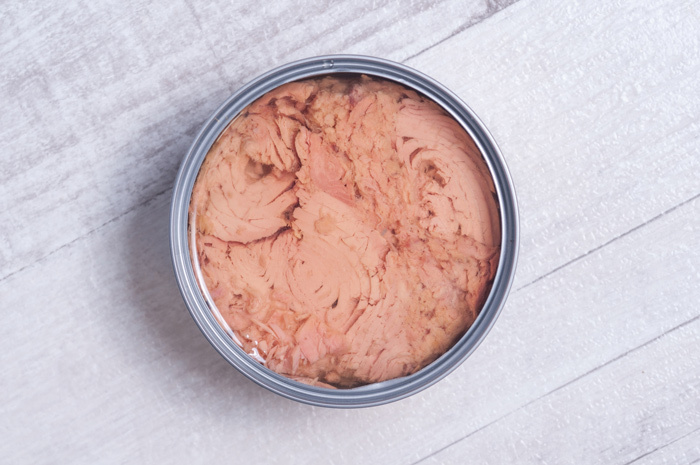
‘Responsibly caught, sourced, farmed, fished or grown’
When a product displays one of these phrases, the company is making a claim that their seafood is responsibly sourced. ‘Responsible’ is different to ‘sustainable’ and refers to the adherence to social, environmental and food safety practices both in operations and in relationships with suppliers, customers and the community.
If this claim is used alongside a third-party certification such as the MSC or ASC logos then it is substantiated. If there is no supporting evidence, this may be a greenwashed claim.
There were 18 products that had the responsibly caught, sourced, farmed, fished or grown claim.
‘Sustainably caught, sourced, farmed, fished or grown’
When a product displays one of these phrases, the company is making a claim that their seafood is sustainably sourced. Sustainable means seeking to minimise harm to the environment and the depletion of natural resources, while supporting long-term ecological balance.
There were 11 products that had the sustainably caught, sourced, farmed, fished or grown claim, and all claims were supported by a third-party certification system.
Sustainable vs responsible claims
The use of sustainable versus responsible claims on packaging can cause confusion. These claims are often used interchangeably by fishing standards with some using the word sustainable, and others responsible.
We found that ‘sustainable’ claims were often more clearly supported by standards.
Irrespective of whether the word sustainable or responsible is used, the claim must be robust, defensible and based in science, supported by credible assurance systems, and clearly communicated to shoppers. Look for a logo from a trusted organisation to verify these claims.
Carbon-neutral
A carbon-neutral claim means the company’s carbon emissions are equal to the amount of greenhouse gases it removes from the environment through the use of carbon offsets.
A company can offset greenhouse gas emissions by planting trees or by investing in clean energy projects or organisations through a carbon offset program.
As with any other claim, supporting evidence is needed for carbon-neutral claims, otherwise they could be greenwashing.
The Kurumba Banana Prawns were the only product in our sample that had a carbon-neutral claim. They have been certified through the government’s Climate Active Scheme.
Independent certification programs
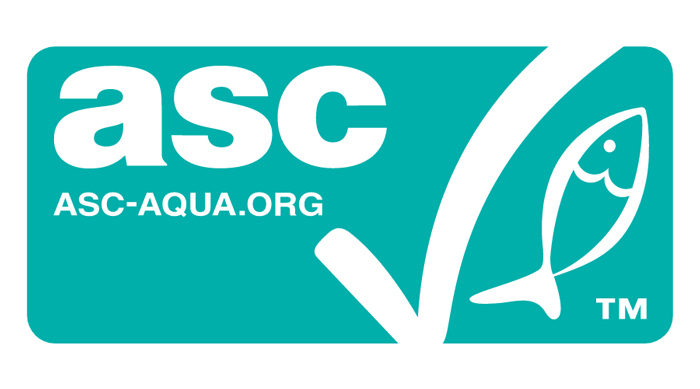
ASC-certified
The Aquaculture Stewardship Council (ASC) is a non-government organisation (NGO) that sets strict standards for seafood farming that represent industry best practice in line with the UN FAO guidelines.
The ASC logo means that the farm has been certified to meet these standards for the species they farm, and that every stage of production is traceable. The standards cover the impact of the farm on the environment, its workers, the local community, and the seafood being farmed.
There was only one product with the ASC-certified logo on the products we looked at: Tropic Co Australian Raw Whole Tiger Prawns.
This means that the Tropic Co farm(s):
- has restrictions on what they can feed their prawns, they must minimise wild fish as an ingredient
- cannot be located in critical habitats
- bans forced labour and has safe and equitable work environments
- must minimise impacts on the neighbouring ecosystem and have a barrier between the coastline and the farm
- has set limits of water quality measures and can’t discharge sludge
- must minimise disease outbreaks. Medication can only be used under strict conditions and antibiotic use is not allowed
- can’t use the ASC certification logo on products where antibiotics have been used.
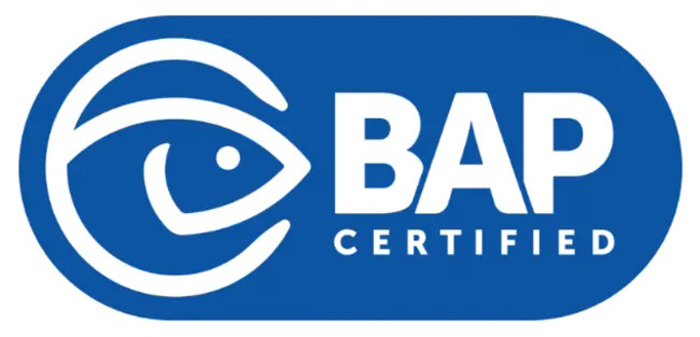
BAP-certified
Best Aquaculture Practices (BAP) claims to be the only aquaculture certification program in the world that certifies every step of the production chain.
They say they use traceability as the foundation for their standards, which focus on four pillars of responsibility:
- Environmental responsibility
- Animal health and welfare
- Food safety
- Social accountability
While we didn’t see this certification on the packaging of any of the farmed products we looked at, BAP does have partnerships with Coles, Woolworths and Metcash (IGA’s parent company) among others, so keep an eye out for their logo while you shop.
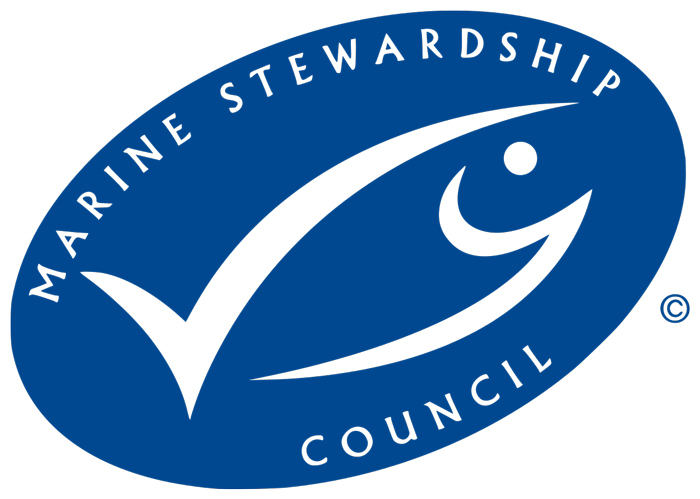
MSC-certified seafood
The Marine Stewardship Council (MSC) logo represents a third-party, independent certification system based on the UN Food and Agricultural Organisation (FAO) best practices for sustainable and responsibly sourced seafood. This certification only applies to wild-caught seafood.
Alongside the logo is a code, which is usually MSC-C- followed by 5 numbers. You can search the code on the MSC website and it will allow you to trace the product back to the fishery where it came from. You can then see species information, where the seafood came from, how it was caught and the details of the certification.
Fisheries that choose to be certified by MSC are audited to meet MSC standards. They must adhere to three main principles:
- Sustainable target fish stocks: Fishing is done in a way that doesn’t lead to overfishing or depletion of stock and if it does the fishery must act in a way that leads to recovery.
- Environmental impact of fishing: The fishery’s operations maintain the ecosystem it’s situated in.
- Effective management: The fishery is managed in order to respect local, national and international standards and laws. It must also incorporate schemes that commit to a sustainable and responsible use of the resource.
Third-party tools to help identify sustainable seafood

GoodFish
GoodFish is a sustainability initiative by the Australian Marine Conservation Society. They provide an independent rating for seafood species found in Australian and New Zealand supermarkets and retail outlets.
Their sustainable seafood guide, which can be found online and as an app, rates species from good to worse: Better Choice, Eat Less, Say No and Under Review.
They also have a sustainable seafood restaurant guide that provides diners with a list of venues that have committed to removing unsustainable seafood from their menus.
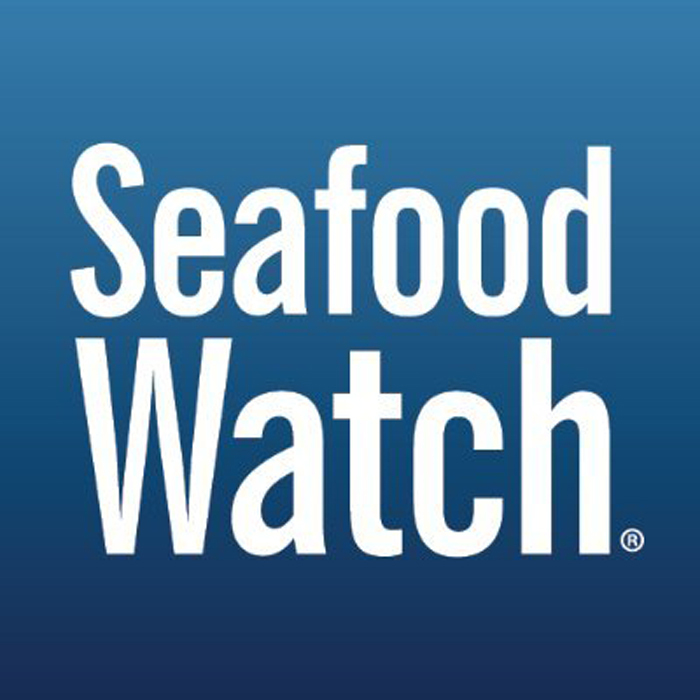
Seafood Watch
Seafood Watch is similar to GoodFish and has a sustainable seafood advisory list that classifies species from good to bad: Best Choice, Certified, Good Alternative and Avoid.
Although their focus is the US seafood market their ratings can be used for US seafood products available in Australia, such as salmon.
Additionally, they have species-specific guides that provide ratings for seafood depending on farming techniques and fishery locations globally.
Seafood Watch also provides useful information on seafood rating programs across the world.
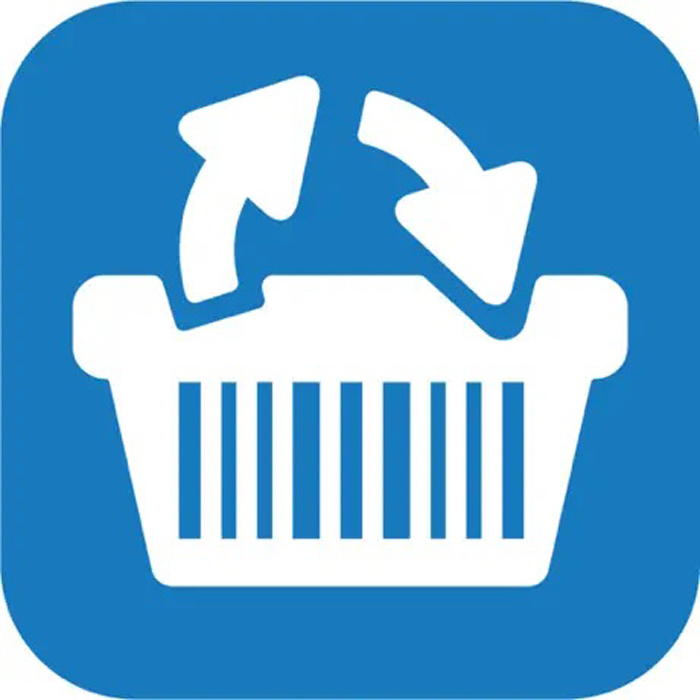
FoodSwitch
FoodSwitch is an app from The George Institute for Global Health that lets you scan the barcodes of foods to see how they rate on a number of different factors, including a Planetary Health Rating.
Similar to the Health Star Rating system on food, the Planetary Health Rating displays from half a star up to 5 stars. The higher the star rating, the lower the greenhouse gas emissions associated with that food.

Shop Ethical
Shop Ethical is an Australian organisation that rates the environmental and social impact of companies.
Its online tool and app can help you make more informed ethical purchases, with information on the environmental and social track record of companies behind well-known brands.
You’ll see Shop Ethical ratings alongside some of our product reviews and test results.
Improving seafood sustainability
Despite the existence of various programs and certification systems aimed at enhancing traceability and sustainability in global fisheries, the statistics paint a concerning picture. As of 2019, over a third (35.4%) of global fish stocks were deemed overfished, up from 34.5% in 2017.
According to the UN, sustainable fisheries accounted for about 0.1% of global GDP in 2019, but this share has not changed significantly since 2011.
Yet sustainable fisheries still have a pivotal role to play in our future food security and mitigating environmental impacts from fishing and farming seafood.
Consumers can assist in steering demand towards more sustainable options. But our evaluation of seafood labelling shows that it can be hard for people to make informed choices, identify legitimately responsibly and sustainably sourced seafood, and avoid greenwashing.
Without clarity on a product’s origin and supply chain, any claim about its sustainable production becomes questionable
Anne Gabriel, ANZ program director, Marine Stewardship Council
We spoke to MSC’s ANZ program director Anne Gabriel about these labelling issues and greenwashing concerns. She told us that easily identifiable certification is key to claims on products that are “credible, independent, legitimate, clear, and substantiated”.
“Without clarity on a product’s origin and supply chain, any claim about its sustainable production becomes questionable,” says Gabriel.
“It is imperative that consumers are protected and empowered to make the right choices while fisheries and businesses invested in doing the right thing are not undermined.
“Instead, and more importantly, fisheries and companies committed to sustainable standards should be celebrated and incentivised.”

